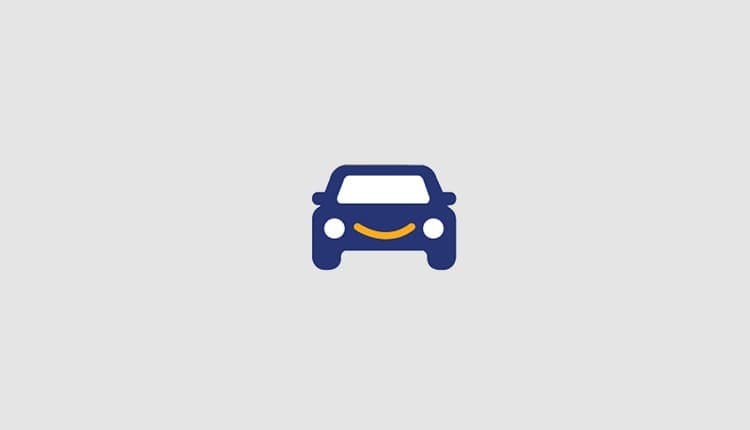

What an Auto Insurance Policy Looks Like
If you’ve never read your auto insurance policy before, you’re not alone.
Compare quotes from top providers

If you’re new to auto insurance, you may not have actually laid eyes on an auto insurance policy. Typically, it’s a long document full of jargon that may be unfamiliar to you, with words like “endorsements,” “deductible,” and “limits.” How can you figure out what it all means, and how do you read it? We’ll break down exactly what an auto insurance policy looks like so you can actually understand what you’re paying for.
What an Auto Insurance Policy Looks Like (and How to Read It)
An auto insurance policy has three basic parts: the declarations page, the policy form, and a stack of other documents.
Declarations Page
At the beginning of the policy, you’ll find the declarations page. It includes information such as:
- Who is covered under the policy
- The covered people’s contact information
- Policy period (how long you’re covered)
- Description of covered cars
- Limits of liability for each vehicle: This means how much the insurance company will pay for a covered claim. Beyond the limits, you’ll be responsible for costs out of pocket.

NOTE
For collision or comprehensive claims, before the insurance company contributes, you’ll have to reach your deductible, a limit you’ll set in your policy.
You can choose either a split or single limit. A split limit would be three numbers that describe your:
-
- Maximum bodily injury payment per person (in other words, the person’s medical expenses)
- Maximum bodily injury payment for all people involved in the accident
- Maximum total property damage liability payment for all property damaged in the accident, which can’t be larger than the maximum bodily injury payment per person
A single limit, on the other hand, is one number that encompasses all bodily injury and property damage costs.1
- Premiums: Premiums are what you’ll pay regularly to uphold your coverage; you may pay premiums monthly, every six months, or every year. In other words, your premium is your cost of auto insurance.
- Rating information: Rating information is the amount of your premium you’ll pay to insure a risk. While guaranteed costs are static throughout your policy period, loss-sensitive rates could change before your policy ends.2
- Endorsements: Also known as riders, endorsements change, delete, add, or exclude insurance coverage, taking precedence over the original policy.
>> Also see: What is Adhesion Insurance?
Policy Form
The policy form includes:
- Definitions of policy terms
- Insuring agreement
- Other provisions of auto coverage
- Endorsement
- Exclusions: Exclusions are endorsements that exclude certain types of claims from being covered. For example, if you leave your window open and it rains, your policy won’t cover the water damage.
- Conditions: Conditions explain how and when the provider will carry out the coverage; some conditions are required by law.4
- Riders
- Covenants present in policy: A covenant is a promise to either do or not do certain activities or meet certain thresholds.
- Details/specifics of coverage: This includes what types of car insurance coverage you have and don’t have. Full coverage would mean property damage and bodily injury liability insurance, uninsured motorist coverage, comprehensive coverage, collision coverage for damage to your car, and medical payments coverage or personal injury protection (PIP) for your medical bills. However, full coverage is more than any state requires; it pays for damages and injuries to you, your family members, and passengers in at-fault car accidents. Liability insurance covers only the other party’s injuries and property damage.
- Applied discounts: This section lists any auto insurance discounts you took advantage of to save money on insurance rates

TIP
What is the minimum auto insurance coverage in your state? Learn more about what your state requires in our auto insurance FAQs.
Other Documents
These are some other important documents that your policy includes:
- Policy form: Your policy form will explain the benefits and limitations of the policy; think of it as the terms and conditions section.
- Insurance ID card: You’ll need an insurance ID card, either physical or digital, to show proof of insurance. Your ID card will include your:
- Address
- Auto policy number
- Contact information
- Insurance company name
- Name
- Policy period
- Vehicle details
- Vehicle identification number (VIN)
- Insurance verification: This is a one-pager that contains the most important information from your policy, including your coverages, limits, vehicle information, and the names of the insured.
- Insurance agreement: Your insurance agreement explains how the policy will operate in terms of paying premiums, complying with requirements, and getting or not getting coverage.
- Exclusions
- Conditions
Recap
Hopefully, we’ve shed some light on not only what an auto insurance policy looks like but also how to read it. Legal jargon can be confusing, but with some education, you can be more certain of what you’re paying for in your auto insurance premiums.
Citations
Liability Insurance. Progressive Commercial. (2022).
https://www.progressivecommercial.com/coverages/liability/Rating. International Risk Management Institute, Inc. (2022).
https://www.irmi.com/term/insurance-definitions/ratingHow To Read Your Car Insurance Policy. American Family Insurance. (2022).
https://www.amfam.com/resources/articles/understanding-insurance/how-to-read-auto-policy
